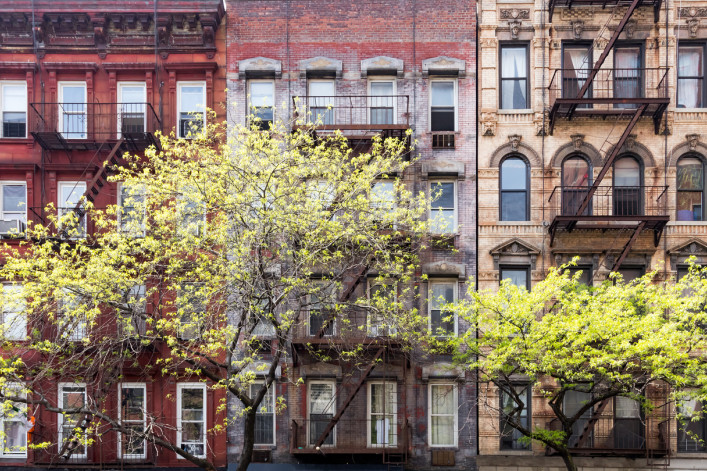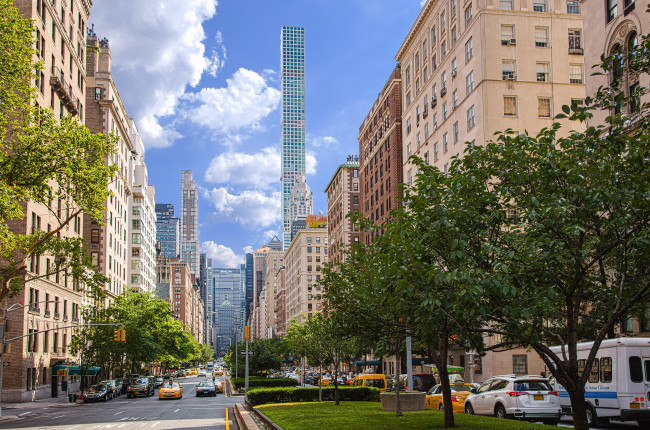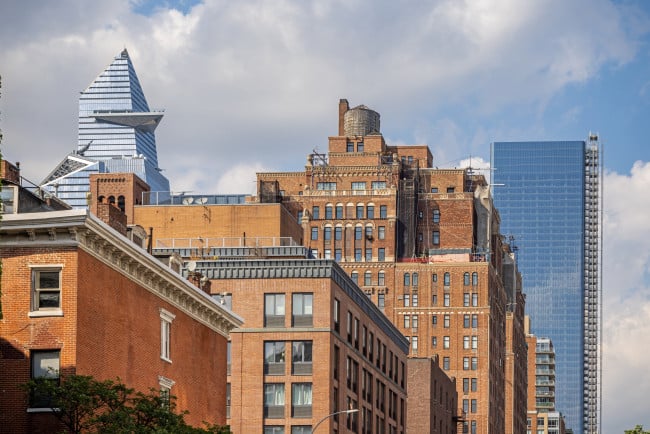What’s the average flip tax for a condo or co-op in New York City?
- Most buildings impose a flip tax or transfer fee of 1 to 2 percent of the sales price, our experts say
- Transfer fees have become more popular in condos that are looking for new ways to grow reserve funds

Who pays a flip tax is up to negotiation.
iStock
What do I need to know about a flip tax, and what's the average flip tax for a condo or co-op in New York City?
If you own your apartment, you’re probably already familiar with the myriad fees that come with buying in New York City. But there’s one more cost you should watch out for when you sell: a “flip tax” if you live in a co-op, or a “transfer fee” if you live in a condo, which usually amounts to 1 to 2 percent of the sales price, according to our experts.
These fees are paid to your board at closing and are usually based on a percentage of the sales price or a set amount per share if you are in a co-op. Despite the name it’s not actually a government tax, so there are no deductions to take.
Flip taxes were introduced in the 1970s when a lot of rent-stabilized buildings were converted to co-ops. The fee was intended to discourage buyers from “flipping” apartments—buying and then selling the units to make a quick profit.
Today, they are mostly used to raise revenue for co-op buildings instead of increasing maintenance costs or instituting the dreaded assessment to shore up reserve funds, says real estate attorney Adam Stone, partner and founder at The Stone Law Firm.
[Editor’s note: A previous version of this article was published in October of 2018. We are presenting it again with updated information for April 2024.]
What’s a normal flip tax or transfer fee?
Flip taxes and transfer fees are very common in NYC, says Richard Apell, controller at property manager Argo Real Estate.
Most buildings will impose a flip tax or transfer fee of about 1 to 2 percent of the sales price, according to our experts. But it really depends on the building and the neighborhood.
“It does vary according to each building’s needs,” says Deanna Kory, a broker at Corcoran. “On Central Park West and Park and Fifth avenues, it can range up to 3.5 percent.”
At HDFC co-ops, flip taxes can be higher than 10 percent of the sales price to keep the units affordable. But the most common number Stone has seen is 1 percent, while Kory pegged it at 2 percent.
Fees can also be calculated on a sliding scale, based on how long you’ve lived in the building, Apell says. So if you’ve been there for more than three years, it might be 2 percent. If you’ve been there less than three years, it might be 2.5 percent.
“Generally, the longer you have owned the percentage goes down,” Apell says.
Fees are sticky, even with high interest rates
Fees are another cost for a buyer or a seller in a tough market. Manhattan condos and co-ops spent about two and a half months on the market in the fourth quarter and sales volume declined amid higher interest rates, according to the most recent Douglas Elliman market report.
But a slowdown in deals hasn’t encouraged condo and co-op boards to ditch their transfer fees and flip taxes, Stone says.
“Co-ops and condos are slow to react to things, to get things passed, to bring things up for a vote, to work with lawyers to implement change,” Stone says. “I don’t know if it’s top of mind…I have not seen any recent adjustments based on the interest rate environment at all.”
New transfer fees at NYC condos
Flip taxes tend to be more common in co-ops, but newer condos have added transfer fees to raise more money for building reserves, something that both Stone and Dylan Pichulik, CEO of XL Real Property Management, pointed out.
“It used to be something that you really didn't even think about in condos,” Stone says. “But there are more and more passing because every building thinks: ‘why not have an extra way to raise money?’”
More buildings are considering adding flip taxes and transfer fees to combat growing building expenses, Pichulik says. (The cost of building insurance, for example, jumped last year.)
“Buildings are looking at additional ways to finance building operations without directly increasing carrying costs,” Pichulik says. “With inflation and rising building expenses, we're definitely hearing more murmurs about the potential of adding these types of fees to offset increased building expenses.”
Who ponies up the cash?
Who pays—the buyer or the seller—is up to negotiation.
“In the past, sellers paid it, but over the years, some buildings have shifted the flip tax to buyers,” Kory says. “In the end, it is negotiable.”
In the end, the board doesn’t really care so long as someone pays up. A buyer and seller could even split the cost. Or the seller could include the expected fee in the sales price, says Dolly Hertz, a broker at Engel & Völkers.
“You can view the flip tax as part of the purchase price. In this softer market, sellers are accepting lower offers in general, which makes the flip tax lower and reduces the overall package price to the purchaser, it basically folds into the overall final number at closing,” Hertz says. “But one thing is certain—the flip tax never fails to be a bone of contention.”
A previous version of this article contained reporting by Donna Airoldi.
Trouble at home? Get your NYC apartment-dweller questions answered by an expert. Send your questions to [email protected].



























